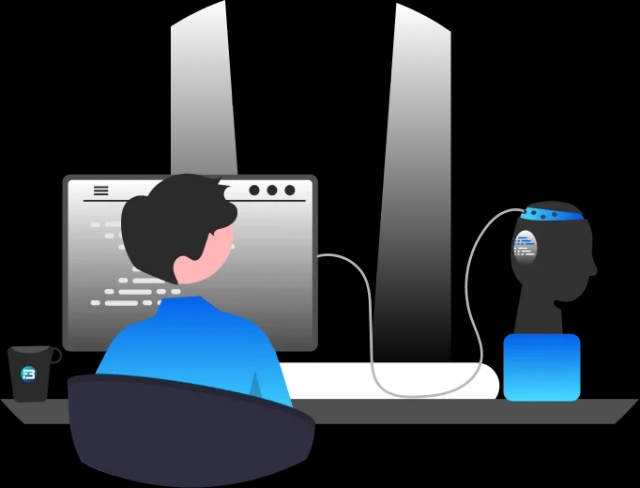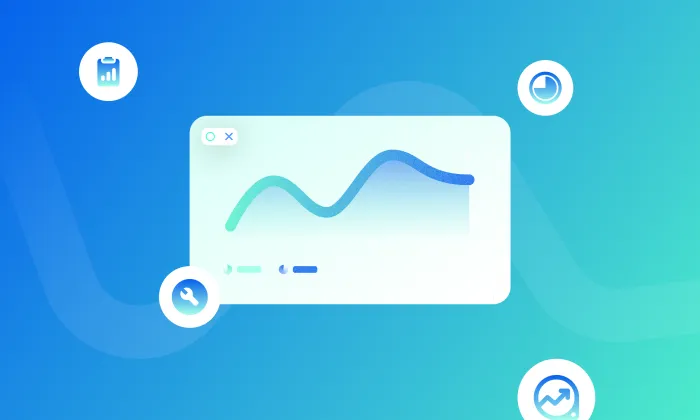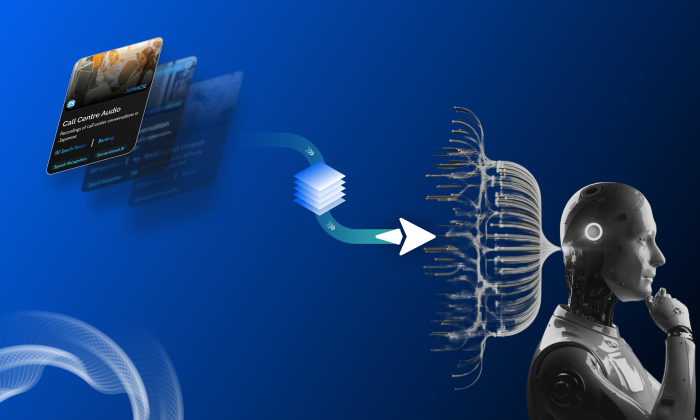What is tokenization in LLMs?
Tokenization
Language Model
Text Data
Tokenization in Large Language Models (LLMs) is the process of breaking down text into individual units, called tokens, which are used as input to the model. Tokens can be:
- Words: Individual words, such as "hello" or "Elon".
- Subwords: Smaller units within words, like prefixes, suffixes, or roots.
- Characters: Individual characters, like letters or symbols.
- Special tokens: Added tokens, like <UNK> for unknown words or <SEP> for sentence separation.
Tokenization is crucial in LLMs because it:
- Enables processing: Allows the model to process text one token at a time.
- Captures context: Preserves the context and relationships between tokens.
- Handles out-of-vocabulary words: Allows the model to handle unknown words by representing them as special tokens.
Common tokenization techniques in LLMs include:
- Word-level tokenization: Splitting text into individual words.
- Subword tokenization: Breaking down words into subwords, like WordPiece or BPE.
- Character-level tokenization: Splitting text into individual characters.
Effective tokenization is essential for LLMs to understand and generate coherent text.
What Else Do People Ask?
Related AI Articles
Browse Matching Datasets
Acquiring high-quality AI datasets has never been easier!!!
Get in touch with our AI data expert now!
Contact Us








